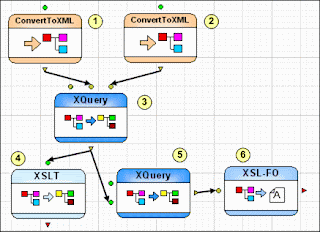Carl's Skinny on Active Participation
Generally speaking, interviewers aren't told alot by the company. They say that is so the interviewer won't be a source of bias -- something about interviewers shaping respondents subliminally.
Like if I were to wink my eye at the respondent here and there.
It might fill her head with ideas. I hope noone is reading this -- least of all the wife.
In any event Carl had cornered a statistician on the bus where he proceeded to impersonate a programmer and the two of them kicked around the nearest neighbor hotdeck method. This was how an interview that was refused got its data.
The technical term for this is imputation.
It turns out imputation is cool except when you are collecting longitudinal data. This is when your heartaches begin.
With longitudinal data it is possible to check hotdeck data against a previous interview from the real respondent.
Some people would have said to let sleeping dogs lie but curiosity got the better of the statistician, and now it is possible to wonder about imputed data.
Enter the heartache and the impersonator and the shaper and Carl. That's me.
Carl was feeling bigger every moment.
That's because active participation was impersonation guided by the shaper.
Carl, the impersonator, would get in the mindset of the respondent and answer questions that were flagged. He would answer the questions to the shaper's liking.
This could happen sooner or it could happen later.
You would think that a bot or semi-sentient like the shaper had all the time in the world. But she didn't. Indeed she went wobbly when the impersonator gave a good answer on the first try. And this made Carl blush.

 Now Velvet chose a plan called "NoMax". Velvet wasn't sure what "NoMax" did. Velvet did know that "NoMax" did not maximize the use of data from external data sources. So much for double negatives.
Now Velvet chose a plan called "NoMax". Velvet wasn't sure what "NoMax" did. Velvet did know that "NoMax" did not maximize the use of data from external data sources. So much for double negatives. 












